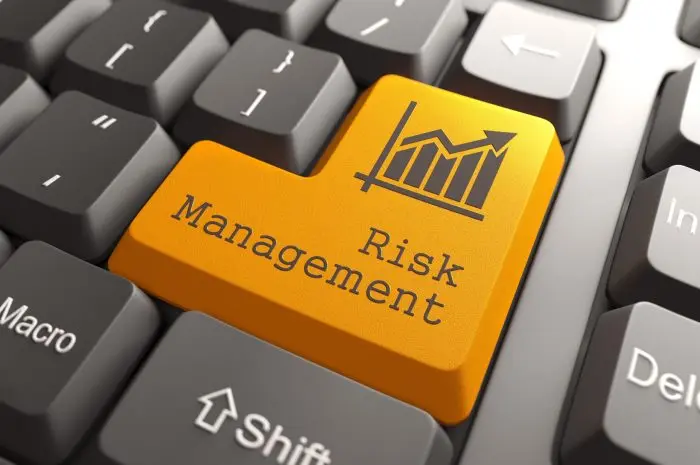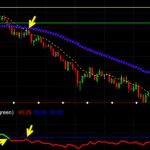Navigating the financial markets can be both rewarding and challenging, with opportunities for profit often accompanied by inherent risks. Effective risk management is essential for traders to safeguard their capital, preserve their gains, and achieve long-term success in trading.
By implementing sound risk management strategies, traders can minimize their exposure to potential losses and protect their investment portfolios from unforeseen market volatility or adverse events.
In this comprehensive guide, we’ll explore a range of effective tips and techniques for managing risk in trading, empowering traders to make informed decisions and navigate the markets with confidence.
1. Set Realistic Risk Tolerance
Before engaging in trading activities, it’s crucial to assess your risk tolerance and set realistic expectations for potential gains and losses. Understand your financial situation, investment objectives, and comfort level with risk, and tailor your trading strategy accordingly.
Avoid risking more capital than you can afford to lose, and be prepared to accept the possibility of losses as an inherent part of trading.
2. Use Proper Position Sizing
Position sizing is a critical aspect of risk management that involves determining the appropriate amount of capital to allocate to each trade based on your risk tolerance and trading strategy.
Avoid over-leveraging your positions by limiting the size of each trade to a predetermined percentage of your total trading capital. Utilize position sizing techniques such as the fixed dollar amount, percentage risk per trade, or volatility-based position sizing to ensure that each trade aligns with your risk management goals.
3. Set Stop-Loss Orders
Implementing stop-loss orders is an essential risk management tool that helps traders limit potential losses by automatically exiting losing positions at predetermined price levels.
Set stop-loss orders based on technical levels, support/resistance zones, or volatility metrics to protect your capital and prevent emotional decision-making during periods of market uncertainty. Regularly review and adjust your stop-loss levels as the market evolves to maintain optimal risk protection.
4. Diversify Your Portfolio
Diversification is a fundamental principle of risk management that involves spreading your investment capital across different asset classes, sectors, and trading strategies to reduce overall portfolio risk. Avoid concentrating your capital in a single asset or market, as this increases vulnerability to specific market events or economic factors.
Diversify your portfolio by trading multiple instruments, such as stocks, bonds, currencies, commodities, and derivatives, to capitalize on diverse market opportunities and mitigate risk.
5. Manage Leverage Effectively
Leverage can amplify both profits and losses in trading, making it a powerful yet potentially risky tool for traders. Exercise caution when using leverage and avoid excessive borrowing or margin trading that could expose your account to significant downside risk.
Utilize leverage conservatively and consider the potential impact on your risk exposure and account balance before entering leveraged positions. Maintain adequate margin levels and monitor your account closely to prevent margin calls and margin-related losses.
6. Stay Informed About Market News
Stay informed about market news, economic events, and geopolitical developments that may impact the financial markets and your trading positions. Monitor key indicators, such as interest rates, inflation data, corporate earnings reports, and central bank announcements, to anticipate market trends and adjust your trading strategy accordingly.
Be prepared to react swiftly to unexpected news events by implementing risk mitigation measures, such as adjusting stop-loss orders or scaling back exposure to volatile assets.
7. Practice Patience and Discipline
Patience and discipline are essential qualities for successful risk management in trading. Avoid succumbing to impulsive or emotional trading decisions driven by fear, greed, or overconfidence, as these can lead to irrational behavior and increased risk exposure.
Stick to your trading plan, follow established risk management rules, and maintain a disciplined approach to trading even during periods of market volatility or uncertainty. Remember that successful trading requires a long-term perspective and the ability to withstand short-term fluctuations in pursuit of your trading goals.
8. Review and Learn from Mistakes
Regularly review your trading performance and analyze past trades to identify areas for improvement and learn from mistakes. Keep a trading journal to record details of each trade, including entry/exit points, position sizing, risk management parameters, and trade outcomes.
Evaluate the effectiveness of your risk management strategies and adjust your approach based on real-world performance data and insights gained from experience.
Continuously strive to refine your skills, adapt to changing market conditions, and enhance your risk management capabilities to become a more resilient and successful trader over time.
Conclusion
Effective risk management is essential for traders to navigate the financial markets successfully and achieve their trading objectives while minimizing potential losses.
By implementing sound risk management strategies, such as setting realistic risk tolerance, using proper position sizing, setting stop-loss orders, diversifying your portfolio, managing leverage effectively, staying informed about market news, practicing patience and discipline, and reviewing and learning from mistakes, traders can mitigate risk exposure and protect their capital in the dynamic and unpredictable world of trading.
Remember that risk management is an ongoing process that requires diligence, discipline, and continuous learning to navigate the challenges and opportunities of the financial markets effectively.













